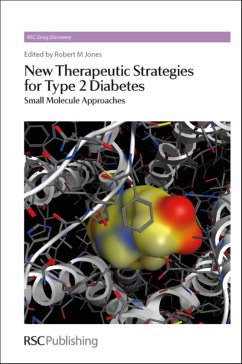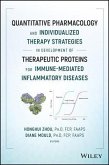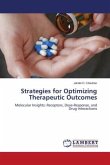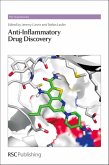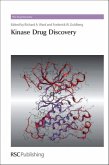The incidence of Type 2 diabetes (T2D) has reached epidemic proportions with the World Health Organization (WHO) reporting a global prevalence of 346 million people with T2D accounting for approximately 90% of all cases. Long-term complications include atherosclerosis, heart disease, stroke, end-stage renal disease, retinopathy leading to blindness, nerve damage, sexual dysfunction, frequent infections, and difficult-to-treat foot ulcers, sometimes resulting in lower limb amputation. Individuals suffering from T2D are twice as likely to develop cardiovascular disease or have a stroke, 2 to 6 times more likely to have transient ischemic attacks, and 15 to 40 times more likely to require lower-limb amputation compared with the general population. The cost of undiagnosed diabetes, pre-diabetes, and gestational diabetes brought the total cost of T2D in the United States in 2007 to $218 billion. With such an economic burden, coupled with the fact that many current approved therapies fall short in providing adequate therapeutic advantage in curbing hyperglycemia, the pharmaceutical industry has been heavily focused on discovering novel cellular mechanisms that will address this unmet need. New Therapeutic Strategies for Type 2 Diabetes: Small Molecule Approaches provides the reader with a set of comprehensive accounts of some of the most innovative recent small molecule research strategies targeting T2D. Each chapter has been written by a recognized thought leader in the field. The book concisely explains the biological mechanisms underlying each medicinal chemistry strategy together with up-to-date clinical findings, creating a key go-to text for both biologists and medicinal chemists.
Hinweis: Dieser Artikel kann nur an eine deutsche Lieferadresse ausgeliefert werden.
Hinweis: Dieser Artikel kann nur an eine deutsche Lieferadresse ausgeliefert werden.

